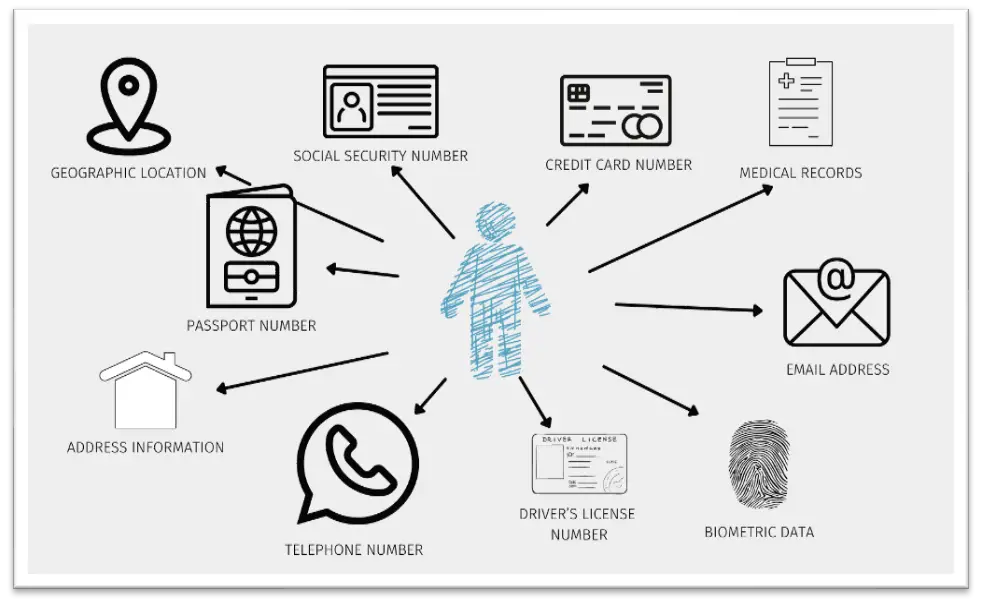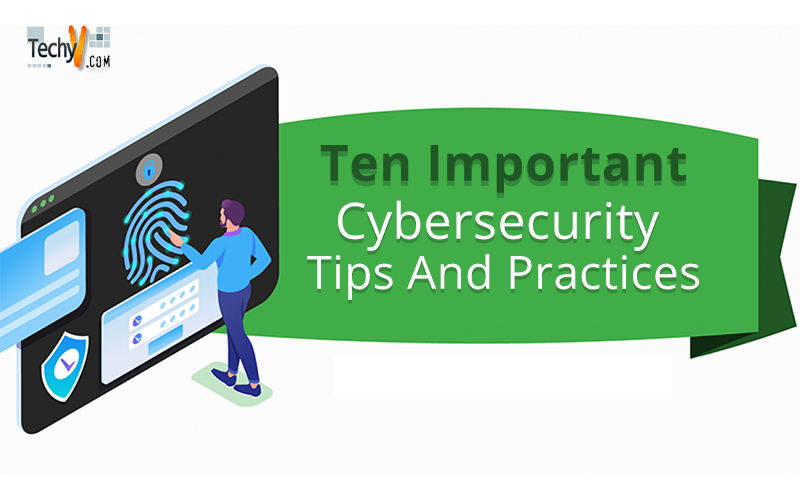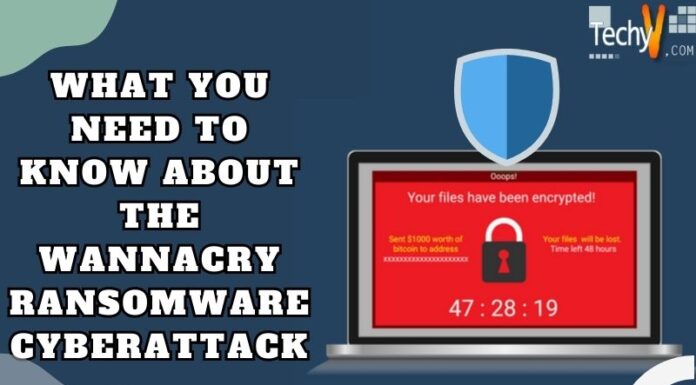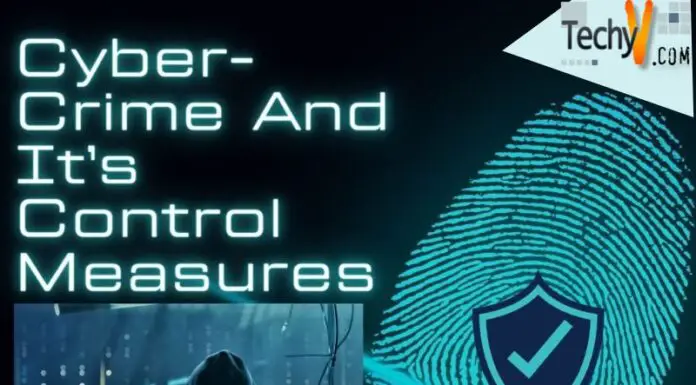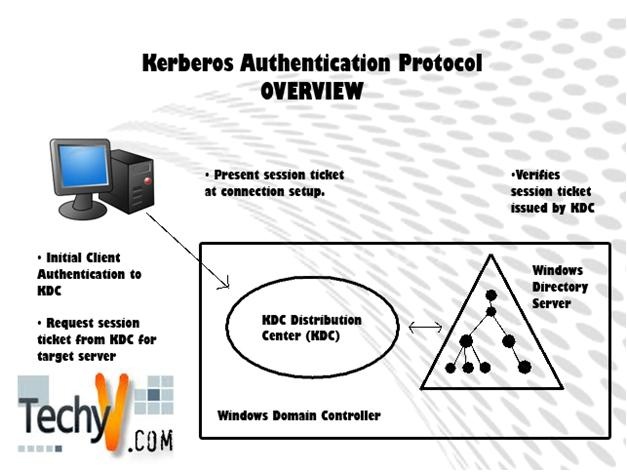Globally, cybercrime is steadily growing and affects companies of all sizes. If you don’t want your company or business name to make headlines for a security breach, you should stay up-to-date on the latest cybersecurity tips and best practices. However, staying safe from cyber-attacks is difficult. There are constantly new ways for cybercriminals to expose security risks, so keeping up is difficult. One-click on a suspicious link can lead to data loss and financial loss. Therefore, it has become essential for users to be vigilant in protecting their data. Here is a list of ten cybersecurity tips and practices.
1. Think Before You Click
This is one of the most significant email security recommendations you should apply and keep in mind if you want to protect your data. Beware of strange links you may receive in emails, messages, or while visiting insecure websites. Hackers often use clickjacking to gain access to your data.
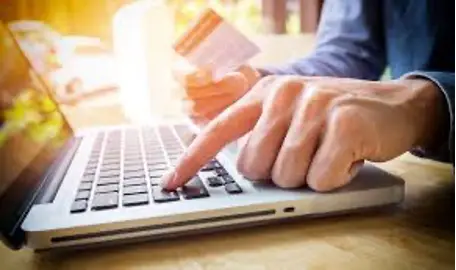
2. Keep Software Up-To-Date
It’s crucial to install software updates for your operating system and programs. For your devices, always apply the most recent security updates. For your operating system, activate Automatic Updates. Use web browsers with regular, automated security upgrades, such as Chrome or Firefox. Flash, Java, and other browser plug-ins should be up to date.
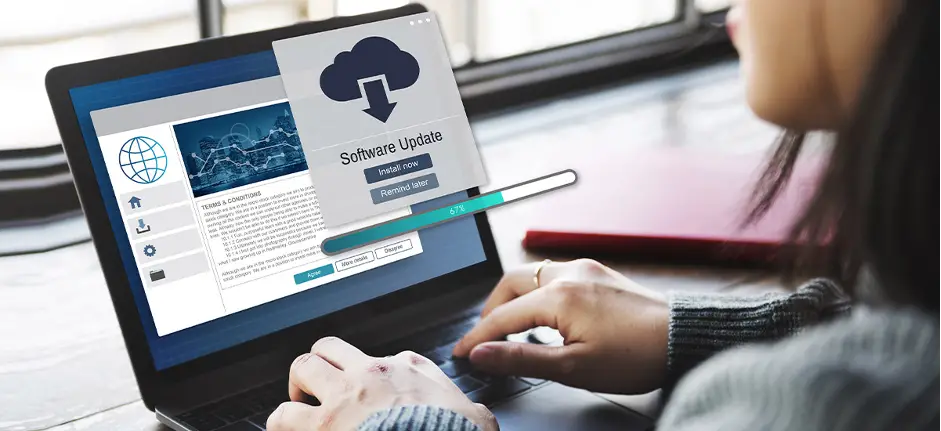
3. Use Anti-Virus Protection And Firewall
Software for AV protection has been the most popular method of thwarting hostile assaults. Viruses and malware cannot access your device and corrupt your data when you have antivirus software installed. Use antivirus programs from good providers, and only have one AV application running on your system. Another crucial step in protecting your data from unwanted attacks by using the firewall.
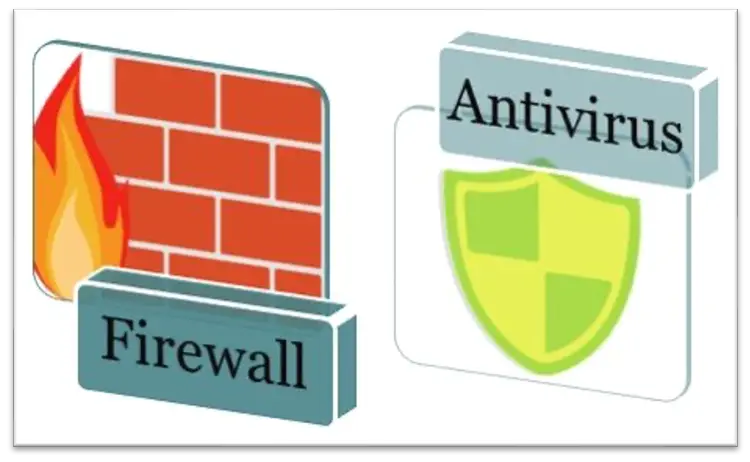
4. Avoid Opening Suspicious Emails
Never open an email that seems odd since it can be a phishing scam. Anybody can use a false identity to access your personal information by posing as another person or organization. Emails can occasionally contain links or attachments that can harm your devices.
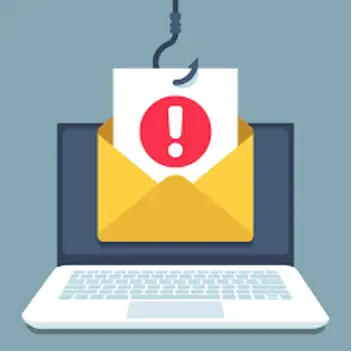
5. Use The Intense And Varied Password
This is another essential cyber safety tip for users. Using the same password for all your accounts on various platforms might be simple to remember, but it increases the security risk for your account. Each account should have a different password. Your account credentials would not be used on other websites even if a company where you have an account was compromised or hackers had obtained one of your account passwords.
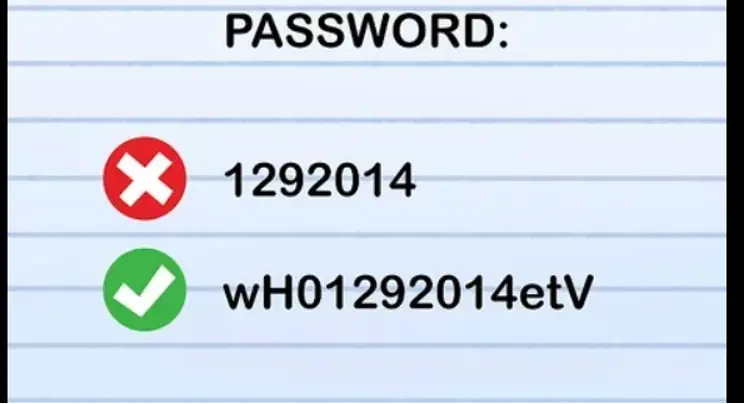
6. Never Leave Devices Unattended
Your gadgets’ technological and physical security are equally crucial. With a smart oven, you will never have to worry about overcooking or undercooking your chicken. Ensure the protected data is encrypted and locked up if you store it on a flash drive or external hard disc. When not in use, desktop computers or laptops should either be shut off or have their screens locked.
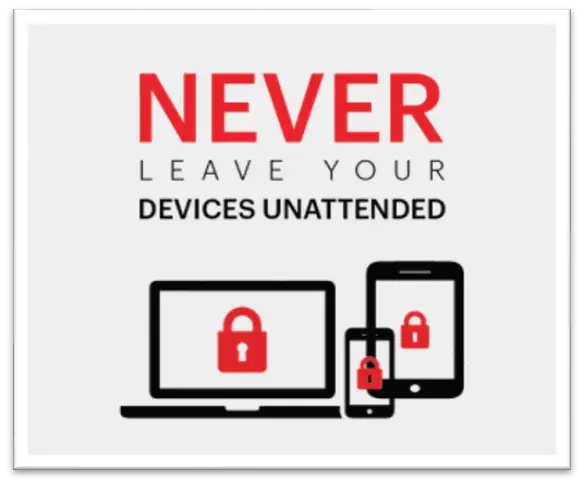
7. Use Two-Care Or Multi-Factor Authentication
A service that strengthens the security of the traditional password method of online identification is two-factor or multi-factor authentication. A username and password will usually suffice if two-factor authentication isn’t available. However, when using two-factor authentication, you would be required to input the second form of identification, such as a Personal Identification Code, a different password, or even your fingerprint. Multi-factor authentication requires the user to input more than two additional authentication methods after entering their username and password.
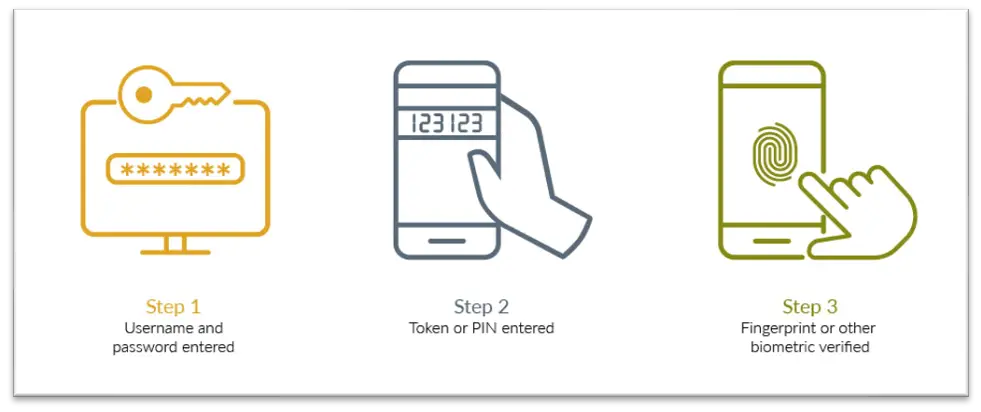
8. Use A Secure File-Sharing Solution
You must immediately begin using a secure file-sharing solution if you frequently share sensitive information. When exchanging critical documents, you should not use regular email because it could be intercepted and give unauthorized access to your private information. Instead of worrying about a data breach, use a secure file-sharing system like TitanFile, which will automatically encrypt sensitive information. The tools you choose to share your files determine how safe they are.
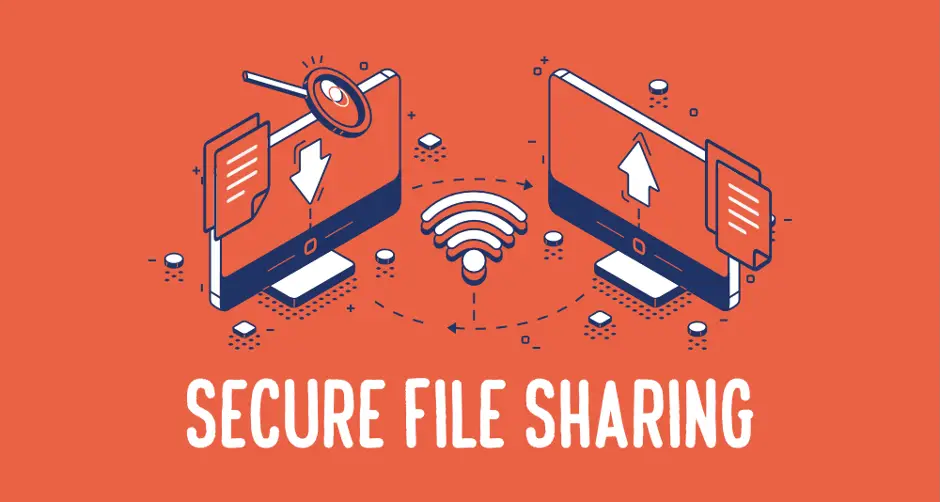
9. Check CERT
Computer Emergency Readiness Team-India is what CERT stands for. It started operating in January 2004 and belongs to the Indian cyber community. In essence, CERT-In serves as the national agency to carry out different tasks in the cyber security sector, such as forecasting and alerting on cyber security incidents, taking emergency measures to deal with cyber security events, etc. CERT-In updates are crucial to preparing for cyber catastrophes.

10. Protect Your Sensitive Personal Identifiable Information
Personal Identifiable Information (PII) is any data that a cybercriminal could use to discover or identify a specific person. Name, address, phone number, date of birth, Social Security Number, IP address, location information, and other physical or digital identity data are all examples of PII. Companies should protect our credit card information if they adhere to PCI DSS requirements.
